| marc7 travels |
|
A Spanish-period church once caught my attention to mark this town on my list. But it took a “dinosaur egg” to finally convince me to take a 2-hour ferry ride from Cebu to Bohol so I could meet an “asindero” who told me how an influencer managed to help revive the tradition of salt-making in Bohol. Yes, may asin pa din ang Alburquerque. Alburquerque, or more commonly referred to as Albur among Bol-anons, is a small town that is about 20 minutes away from Tagbilaran. It was once called Segunto when the parish was separated from Baclayon and was later renamed to Alburquerque in 1861. Although the town has its own attractions, it is often overshadowed by the more popular spots of the province. Let me share with you two heritage destinations that would make Albur a worthy stop when you visit Bohol. Sta. Monica Church and Convent (Simbahan ng Alburquerque) The church majestically catches one’s attention as you breeze through the circumferential highway of the province. Its stands out because it is not the usual look of a Spanish-period church here in the Philippines with its rectangular-shaped facade. It is not a tourist stop because it is often overshadowed by the more popular Baclayon Church in the nearby town. But the church has its own beauty and story to share to those who make a quick visit to the church. Initially established under the parish of Baclayon, it was in 1869 that the Sta. Monica Church was inaugurated under the stewardship of the Augustinian Recollects. The first church was like a shed that was made of wood and bamboo. The construction of the present-day church started in 1885 and the upper walls and tower was completed in the 1920s. The murals on the church were done in 1932. The church stands out differently because of its box-type structure. An overhead bridge connecting the church to the convent is a unique feature that is absent in other Spanish-period churches in Bohol. The impressive structure looks unfinished and the coral foundation behind the grotto may support my observation. The adjacent kumbento is said to be one of the two similar structures built in the area that served as the “Escuela de Ninos”. The interior of the church is grand and beautiful. The first to catch your attention are the painted ceilings of the church that depicts biblical narratives. These paintings were done by Ray Francia. The wood foundations that line the navel are also unique as this is the first time that I have seen this feature. The wooden altar stands elegantly with the image of Sta. Monica as its centerpiece. Two beautiful altar sits adjacent to the main altar. The church was declared as an Important Cultural Property in 2013 and its historical marker was installed in August 27, 2014. It suffered minimal damage during the 2013 Bohol Earthquake making it one of the few intact churches after the tremors. It is worth a quick stop for those who are in Bohol to enjoy its beauty and its history. Asin Tibuok This was a story that brought me to Bohol even for a day. I was lucky enough to have met one of the few Bol-anon “asineros”, Kuya Resindo Datuy, who gladly shared with me how these “dinosaur eggs” are made. From his humble salt factory, we shared how he learned the century-old traditional way of making asin tibuok, why he stopped, and what made him comeback to this art. Asin Tibuok is a product of a heritage tradition in Bohol that started during the Spanish period. The name translates to “unbroken salt” because it is whole piece of salt that resembles a dinosaur egg. This artisan salt is used as a final seasoning by dusting it over food and desserts to give it that added smokey salt taste. Kuya Resindo shares that he likes it over his chocolate and dessert. It is one of the rarest and expensive salts fetching around Php600 a piece in the market. Interestingly, it is a tradition that is being revived by the Bol-anon asineros like Kuya Resindo. The process of making asin tibuok is tedious process that takes around 5-6 months. The first step is to soak coconut husks in saltwater. This is the longest step to process as it takes 4 to 5 months for the husks to be completely soaked. Asineros soak husks by layers to help them produce asin tibuok regularly. The soaked husks are then made into strips, sun-dried, piled, and fired using coconut wood. The furnace is controlled by pouring saltwater into the fire and the end product of the process is a crusted mix of salt and ash called “gasang”. The gasang is then loaded into large funnel-shaped bamboo storage and saltwater is then poured onto the gasang. The process would drain away the “burned” salt creating a brine called “tasik”. The tasik is then collected from underneath the funnels and it is now ready to be cooked. The final step in making Asin Tibuok is cooking the salt over a furnace. Salt clay pots are lined by the furnace and the “tasik” is then slowly poured into these pots. The water evaporates leaving the salt crusted inside it. They continue pouring the “tasik” over the crusted salt until the bottom of the pots break indicating that the salt is already cooked. The final product is a crusted salt taking the shape of the bottom of the pot that resembles a dinosaur egg. The production of this artisan salt runs from December to May when the salinity of sea water is highest. Kuya Resindo shared with me that art of making Asin Tibuok is not for the lazy as cooking the salt takes months of preparation and about 4 to 5 hours just to bake it. He also said that he took a “break” from making this heritage product and only resumed the art after interest on Asin Tibuok picked up, thanks to a feature by Erwan Heussaf. This renewed attention to this artisan salt brought market prices up reviving a livelihood opportunity for the asineros and breathing new life to the century-old tradition of salt making in Bohol. POST TRAVEL NOTES Heritage is not just about century-old structures and cultures. It is also about products produced from century-old practices like the Asin Tibuok of Alburquerque in Bohol. It is a product that gives you a glimpse of the past, not for the product, but the arduous process of making this artisan salt that was and is passed on from generation to generation. Our support to these cottage industries would also mean being able to keep a century-old practice alive that would give our palate that extra flavor to enjoy. Talaga naman na may asin pa ang Alburquerque! It is a destination that would make you appreciate the hardwork and sweat that go with heritage and tradition. The long journey of building the Sta. Monica Church is similar to the long process of making the Asin Tibuok. It takes time and patience but the end product is one that can withstand time and calamities. It will remain strong and standing in the years to come to show us how unique and resilient Filipinos are. You can also watch my Youtube travel video on Albur here: #ByahengOffTheGrid Alburquerque #MahalinNatinAngPilipinas #SamaSamangBabangonMuli Getting there: There are direct flights to Panglao International Airport from Manila and other key cities in the country and Asian cities. In my case, I took an Oceanjet Fastcraft from Cebu City to Tagbilaran Port. The ferry ride takes two hours. From the airport or seaport, you can take a trike to the Tagbilaran City Square where you can find the jeepney terminal to Alburquerque. Travel time from Tagbilaran to Alburquerque is about 30 minutes. There are tricycles that you can rent to get around Alburquerque.
2 Comments
Leave a Reply. |
Marc del Rosario
I believe in education, entrepreneurship, and caring for the environment. Archives
June 2024
|

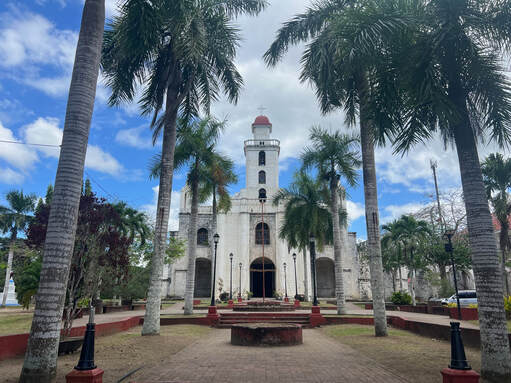
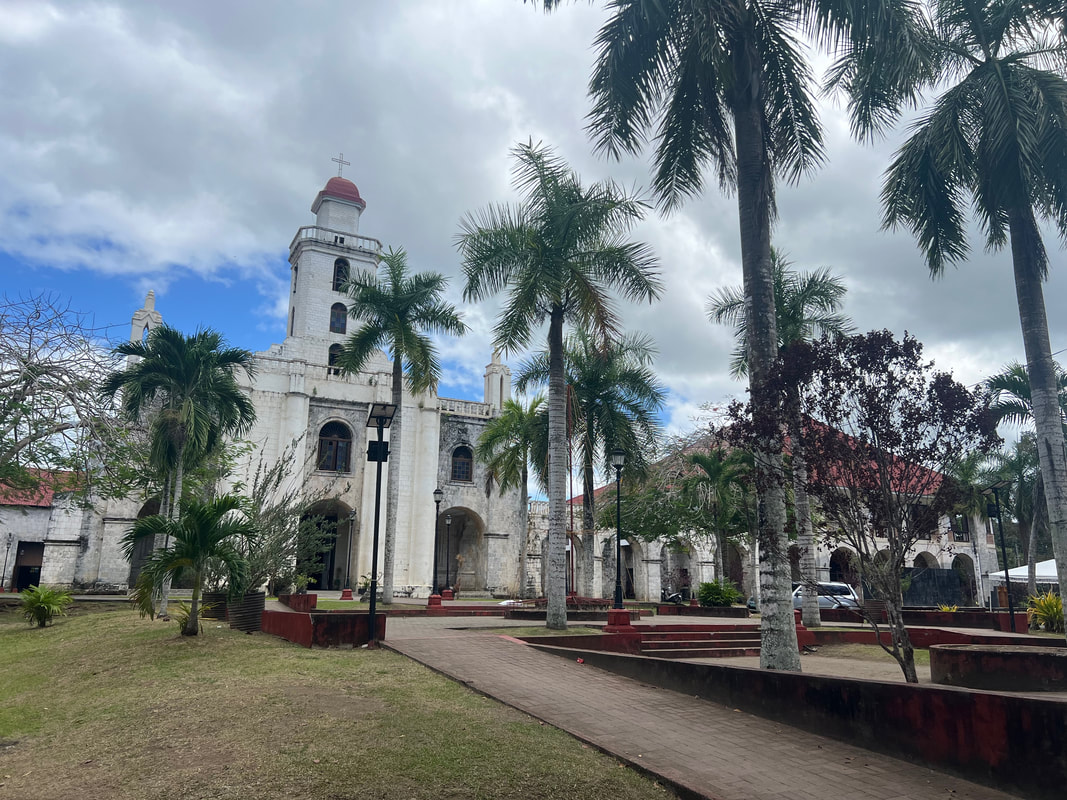
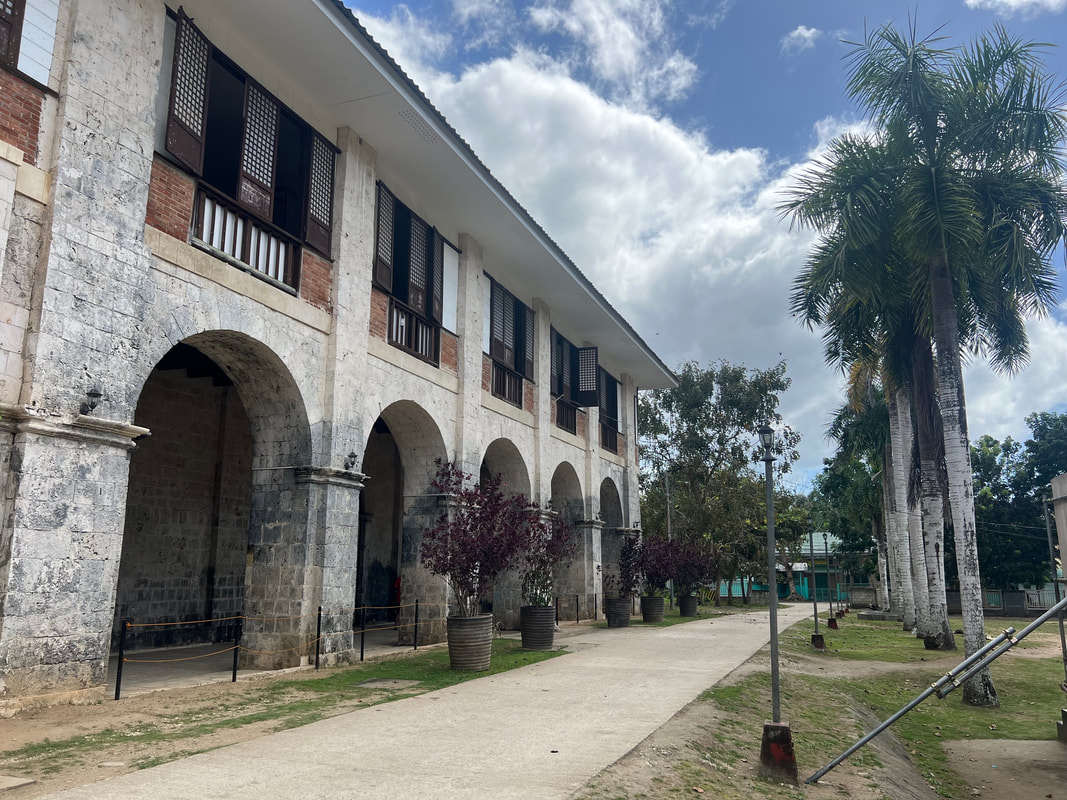
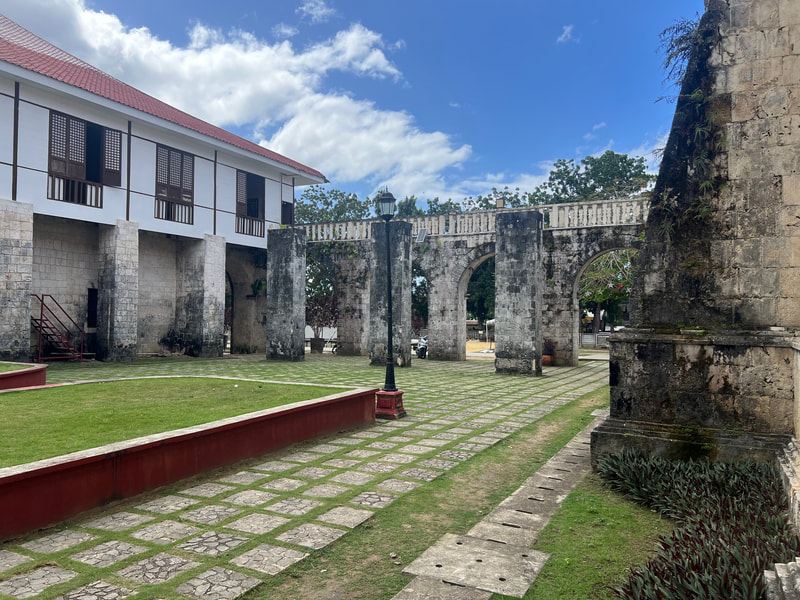
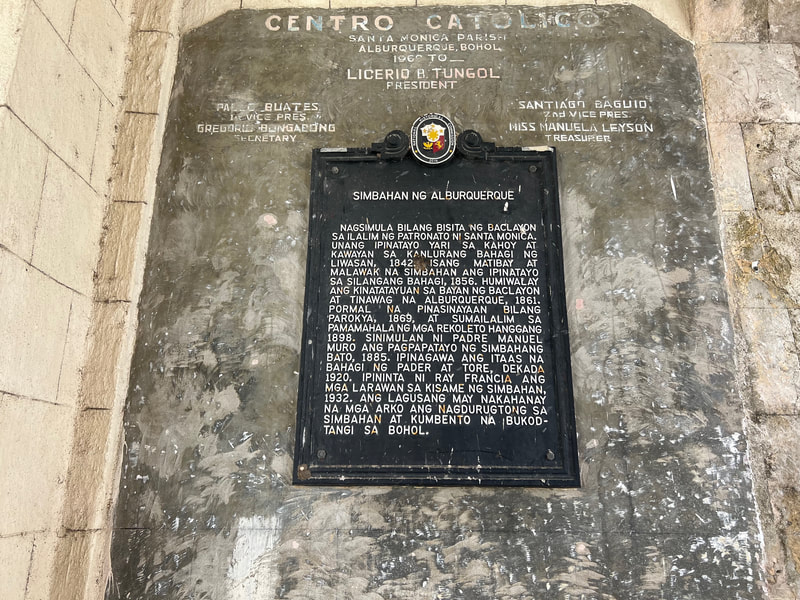
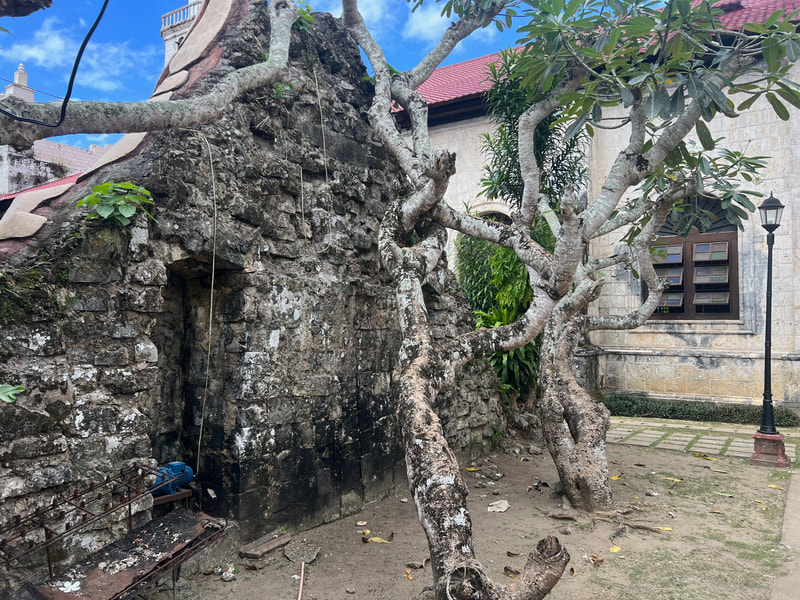
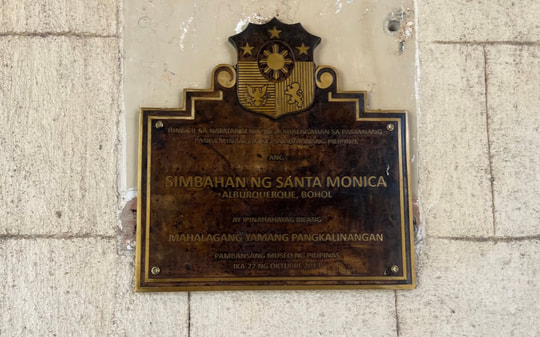
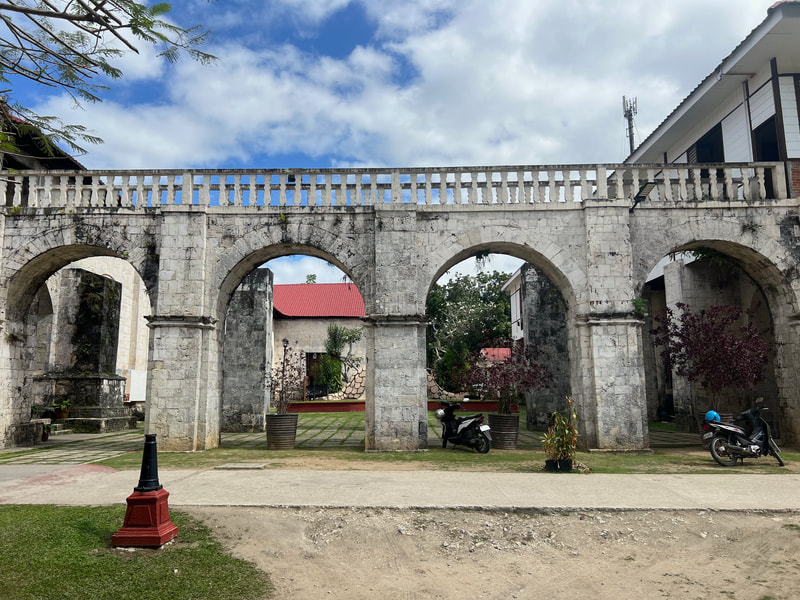
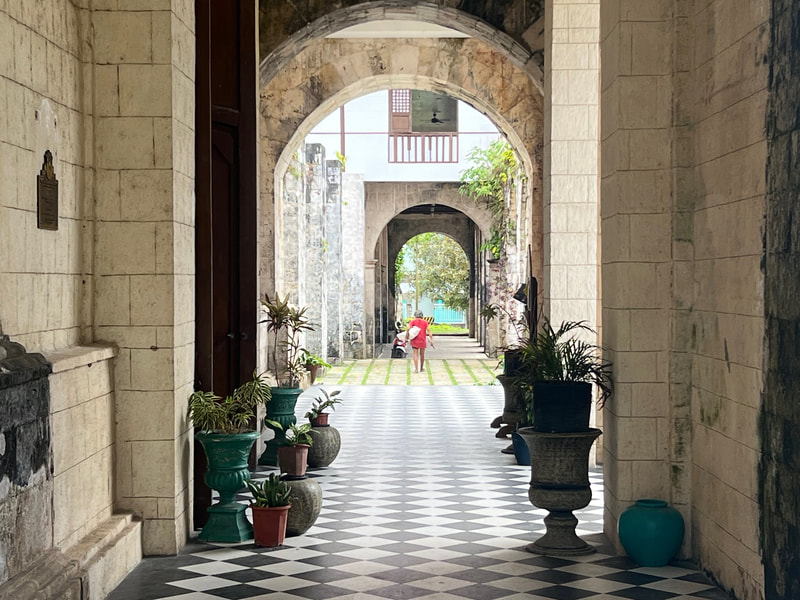
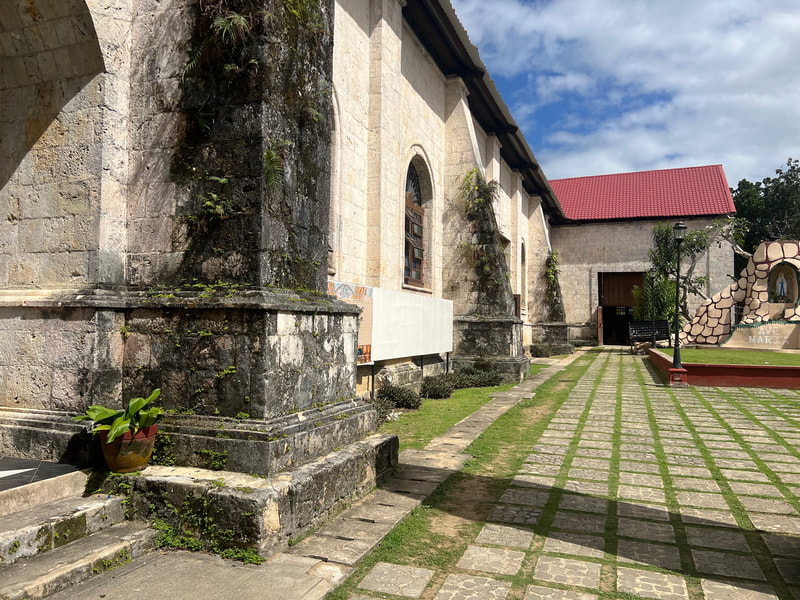
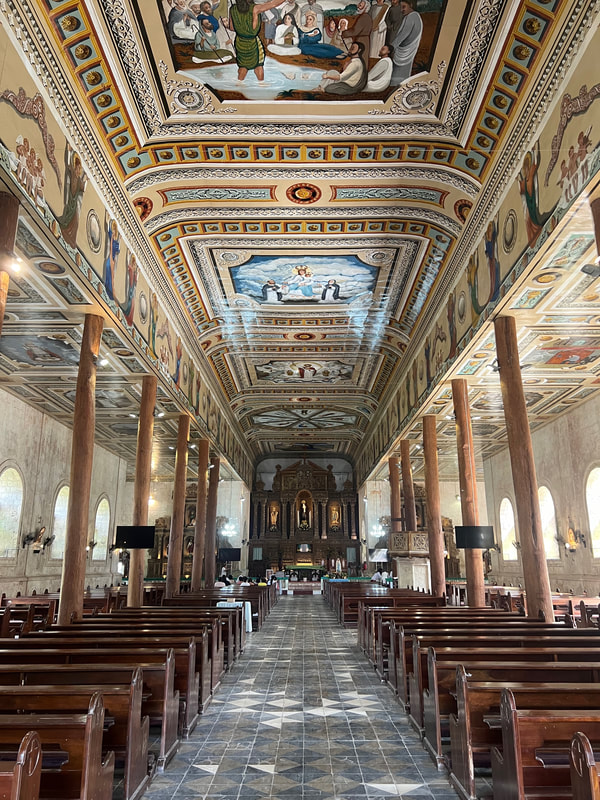
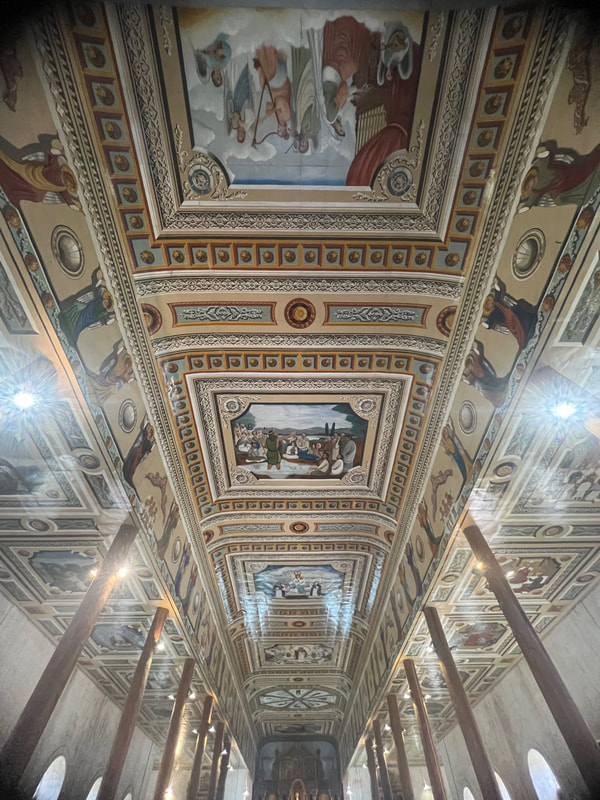
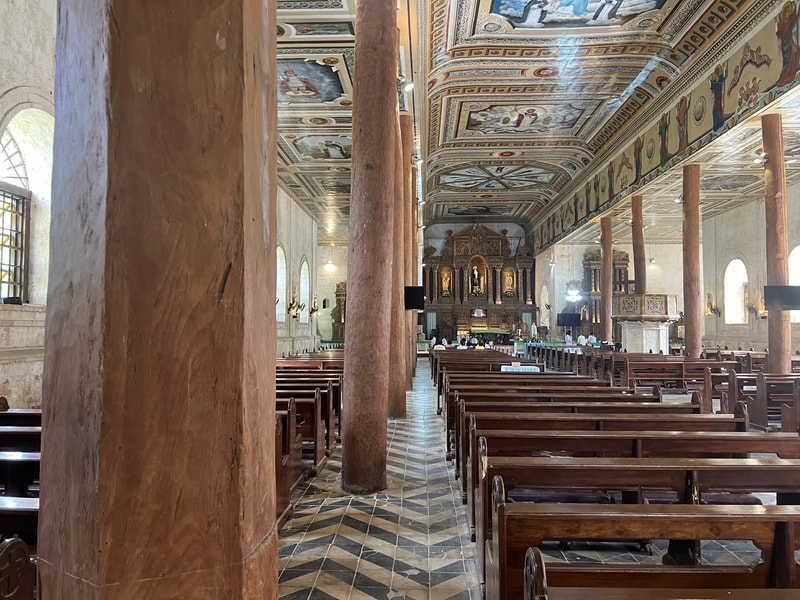
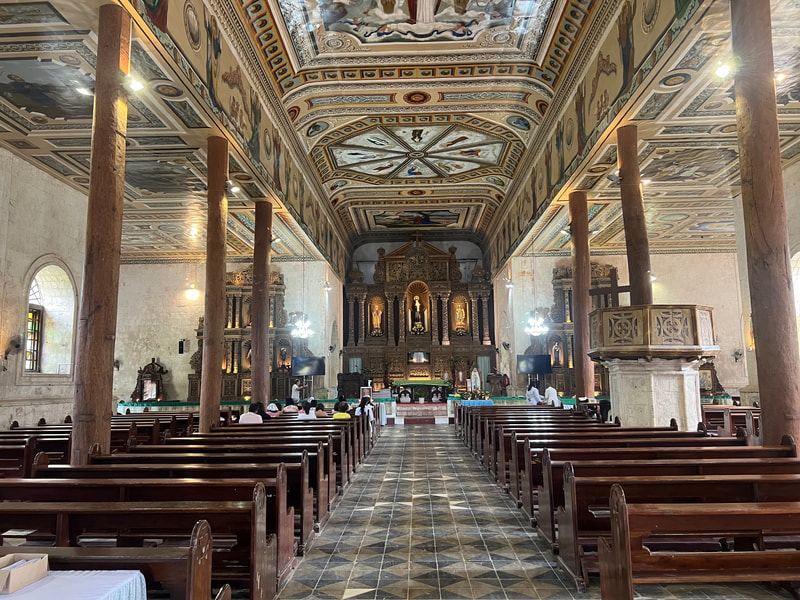
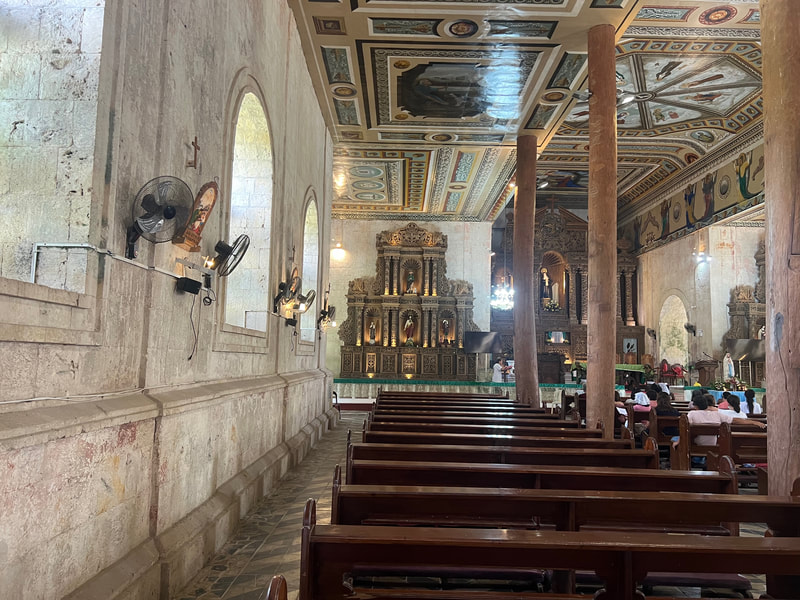
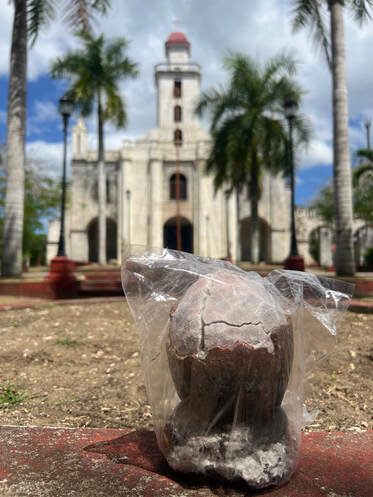
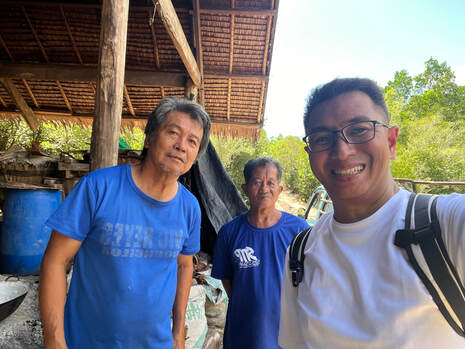
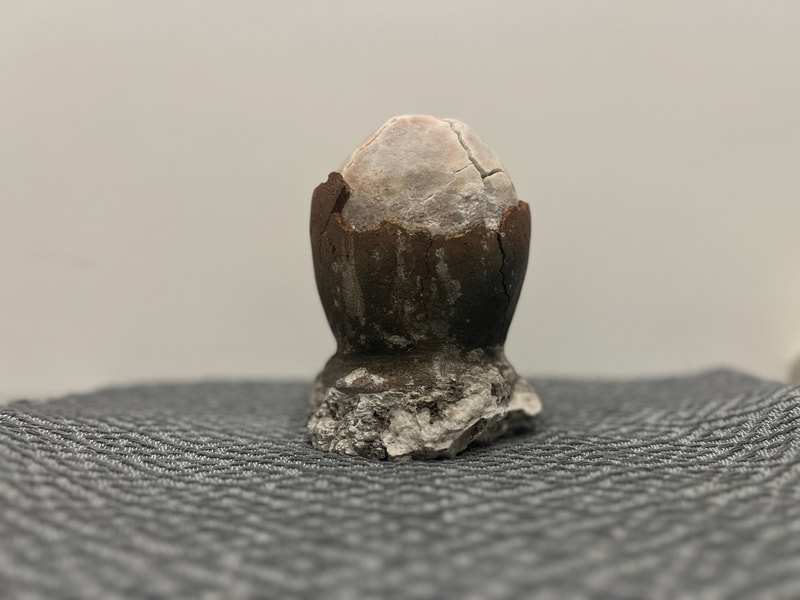
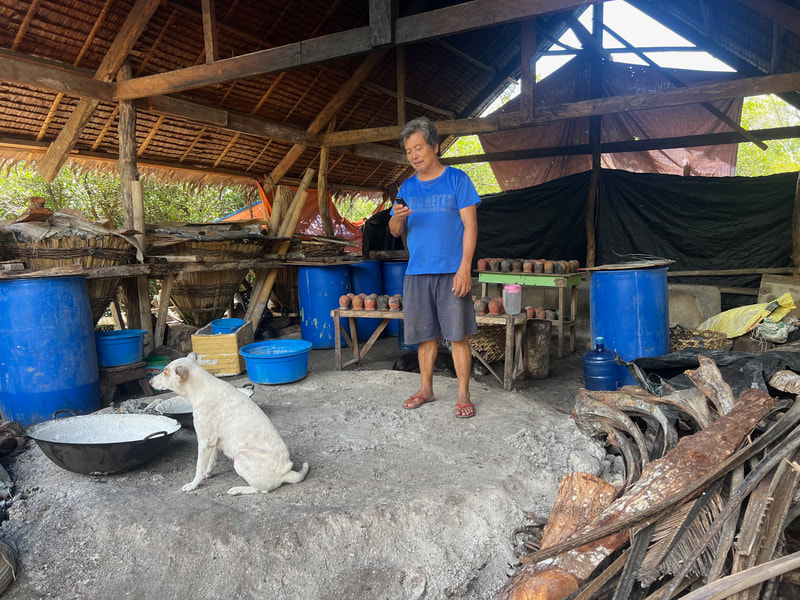
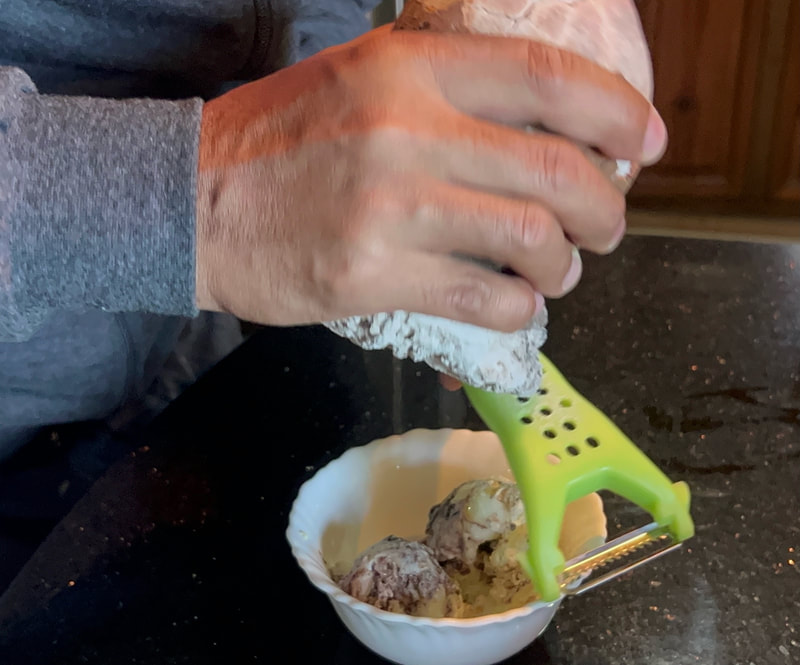
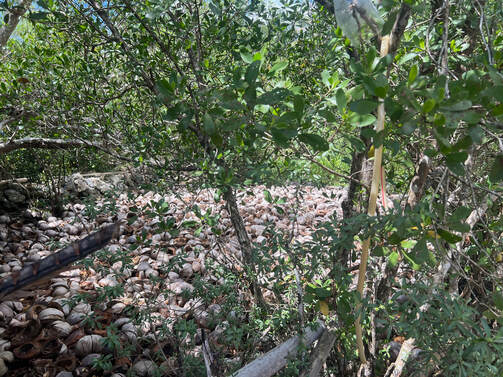

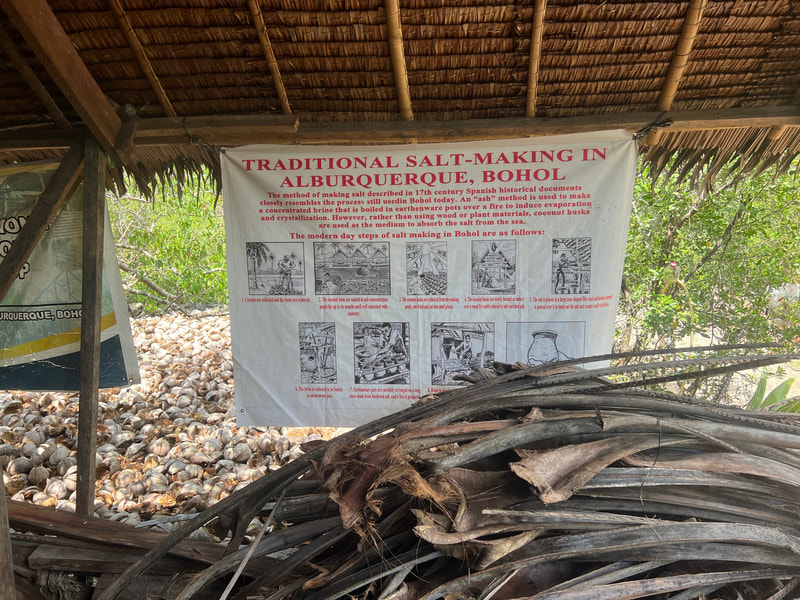
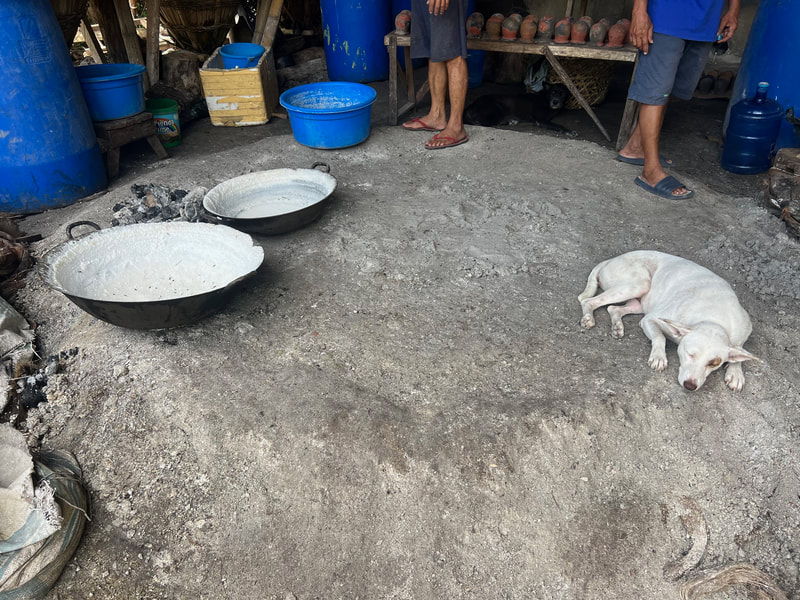
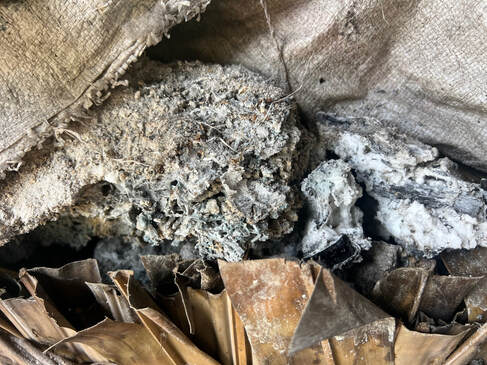

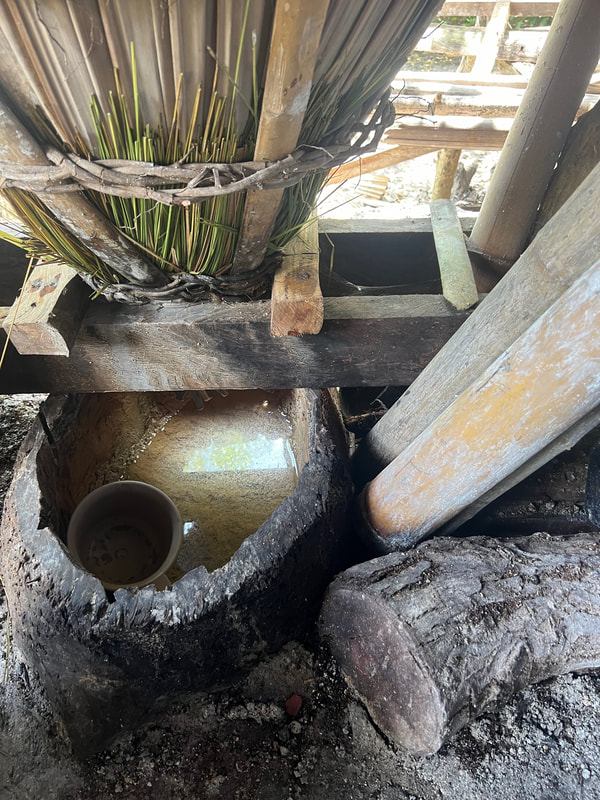
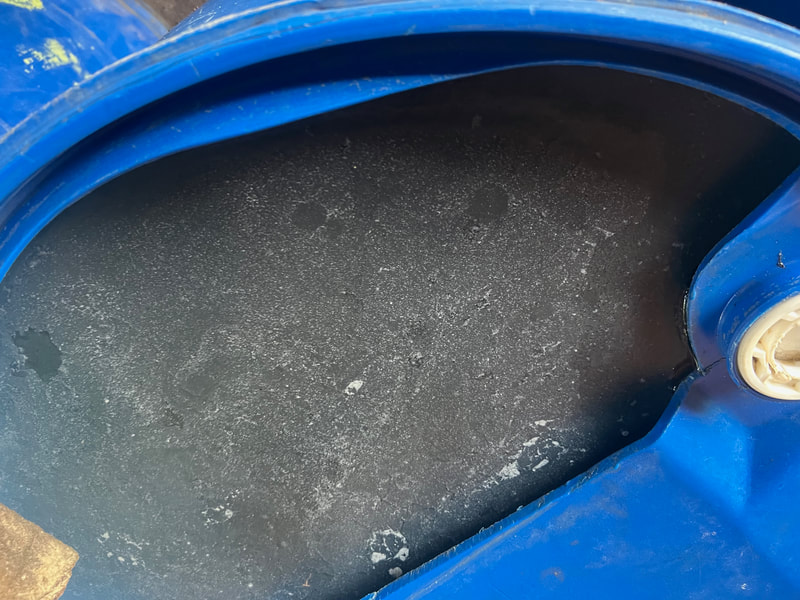
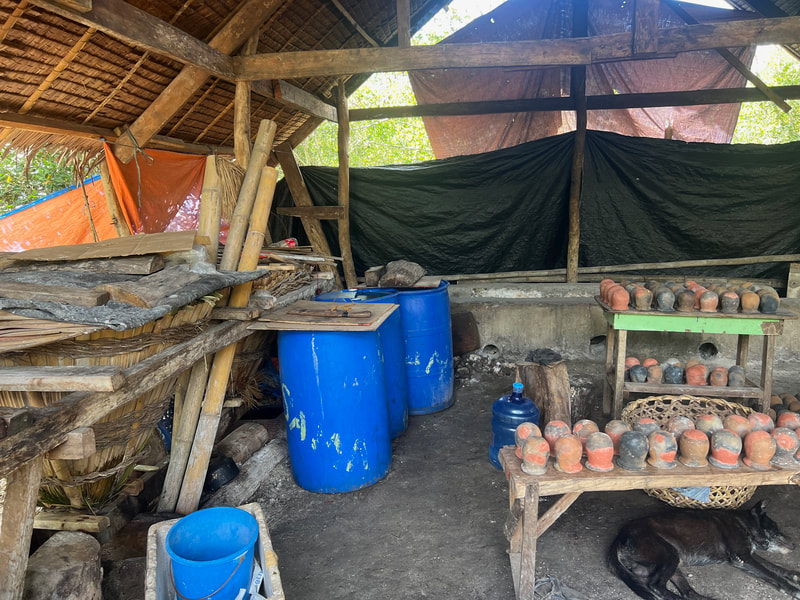
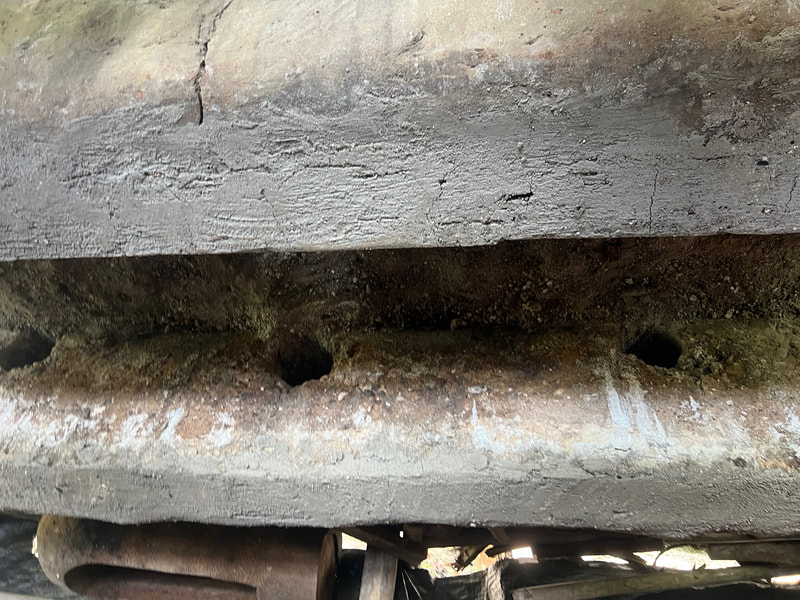

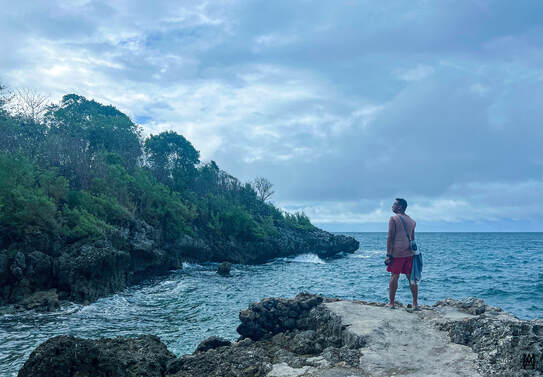




 RSS Feed
RSS Feed